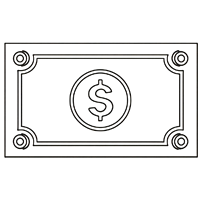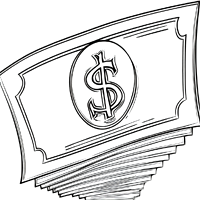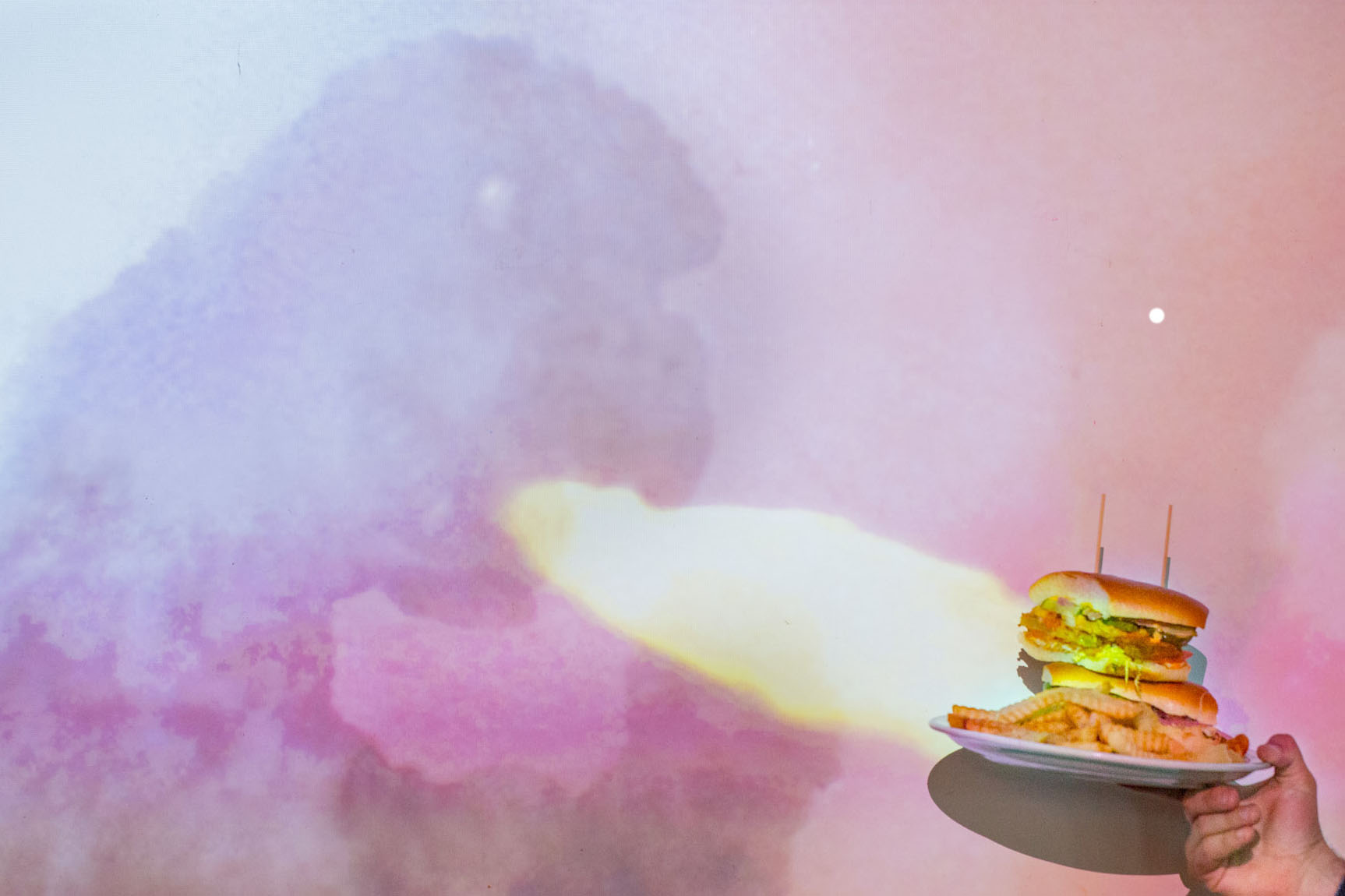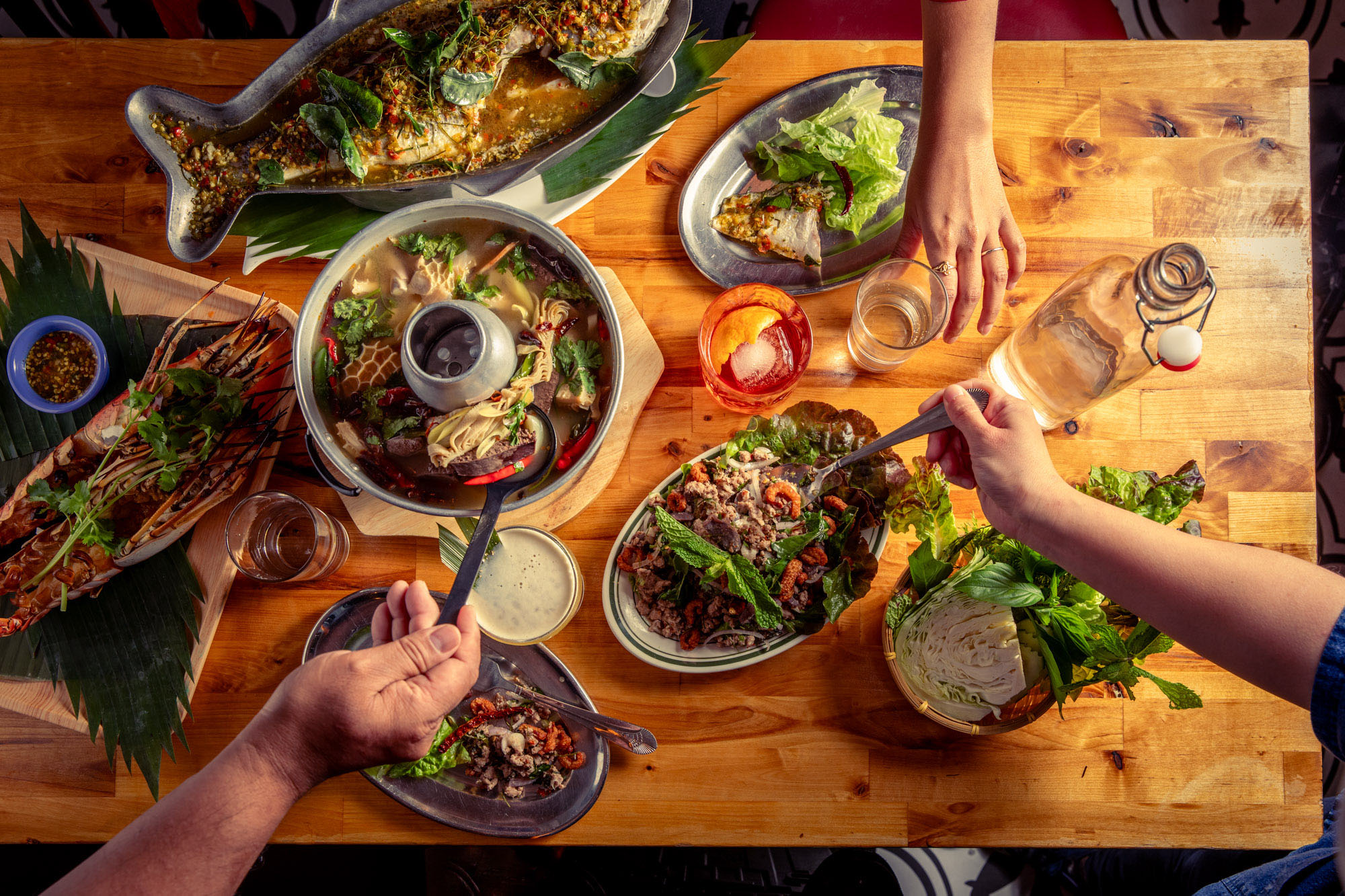☰
My latte costs 10$
and the barista wants a %$@-ing 2$ TIP?
How did we get here?
Hospitality

You’re running errands. Groceries cost 231.52$. Dry cleaning the tomato sauce stain off your work outfit 32$. Driving to Manhattan now costs 9$ and there’s still nowhere to park once you’re there except an overpriced garage. A stop at CVS for mouthwash and face wash somehow costs 20$. On your way home you stop at a coffee shop for a latte to soothe your weary inflation addled soul. That’s somehow another 10$ and the barista wants a tip!!!! What the @#%#!
Let’s back up for a second to see how we got here.
You’re not wrong if you think that that tip screens are suddenly everywhere. Technology has made prompts for tipping as ubiquitous as stop lights. And often like stop lights it feels like an aggressive guilt laden command punishable by law to cough up a few extra dollars than a reward for good service. But tipping is not a universal human custom. In many countries and broader regions in the world tipping is discouraged and even sometimes considered rude. So why do we as Americans feel obliged to fork over our hard earned cash to those who provide us food and services?


Tipping is a system that neither benefits those being tipped or the ones doing the tipping.


When traveling abroad tipping is encouraged particularly for American tourists. Even in countries where tipping isn’t necessarily a custom for the locals. In Cuba tourism makes up 8.5% of the countries total gross domestic product. A couple extra pesos might not mean a lot for you but for the locals it can mean breaking out of poverty.
Tipping as a custom is thought to have originated in the Middle Ages. Lords in Europe were known to hand out small amounts of money to their peasants and servants. This practice was referred to as giving “vails” and was frequently used to curry favor among the lower classes. Lords were known to give out small vails to servants for their services and to robbers on the roads to bribe their safe passage. From its start tipping was an inherently class based custom. The rich throwing out a few coins to the poor common folk. Given the vast wealth of the lords and the extreme poverty of the common people who vastly outnumbered them this is most likely an act of self preservation than one of charity.

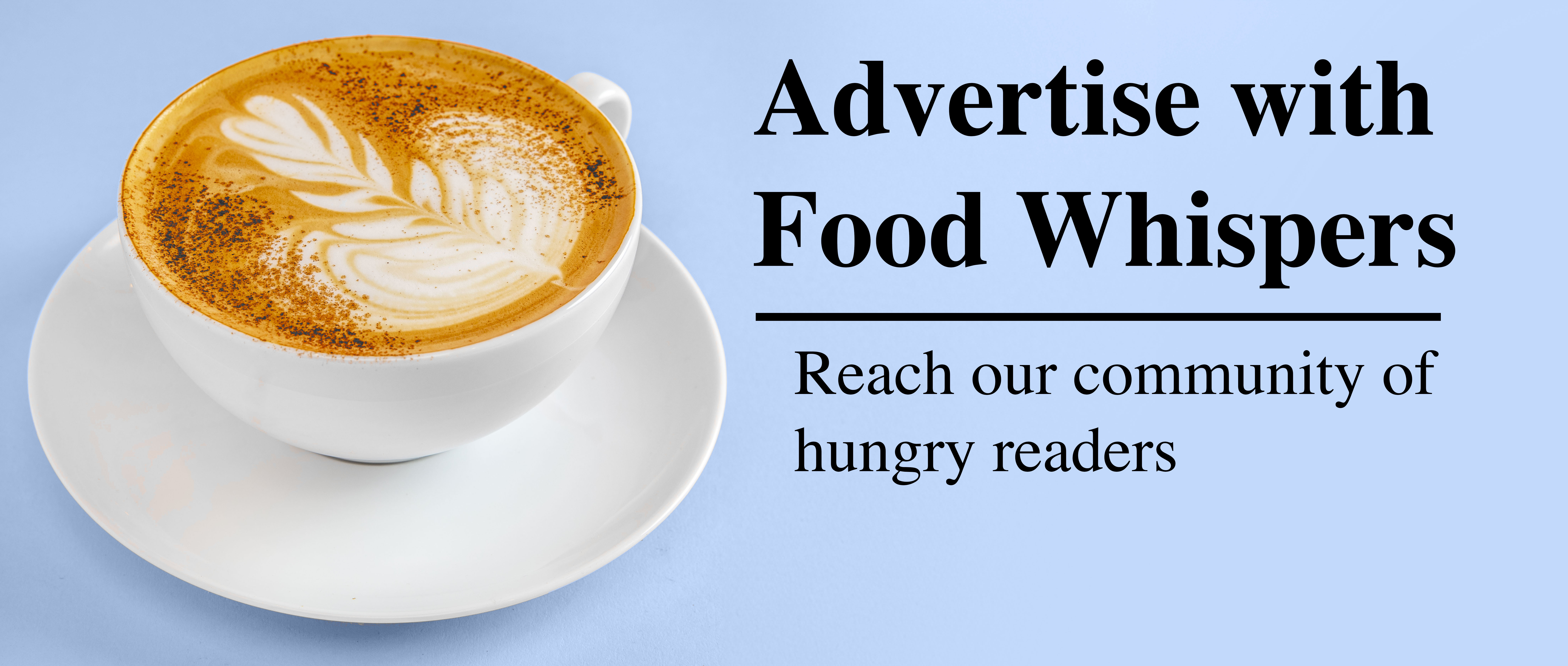
It’s very difficult to pin down exactly when the custom became common in the US. After the Civil War it gained widespread traction but the exact event is unknown. Some think that it was brought back from Europe by people trying to appear more cosmopolitan and worldly. At the same time the end of the civil war also created a new class of workers in the United States. Newly freed slaves were eager to find employment and often found themselves at the mercy of their employers. One of the most notorious was the Pullman Company. Pullman operated a network of luxury railway cars that crisscrossed the nation. Pullman developed the “Sleeper Car” and had for all practical purposes a monopoly over them. Their employees were predominately newly freed slaves from the south who were underpaid and expected to recoup the rest of their wages in tips. A Pullman executive is known for having said that “The southern negro is more pleasing to the traveling public.” Much of the responsibilities of the porters were to carry bags, serve meals and fulfill the desires of the passengers. “He is more adept to wait on people and serve with a smile.” And in return the passengers were expected and encouraged to tip the porters. Often by using guilt as a means to do so. It was well known that the porters might not be able to afford to eat without their tips. Pullman was also at the time the largest employer of African Americans in nation.
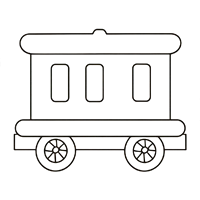
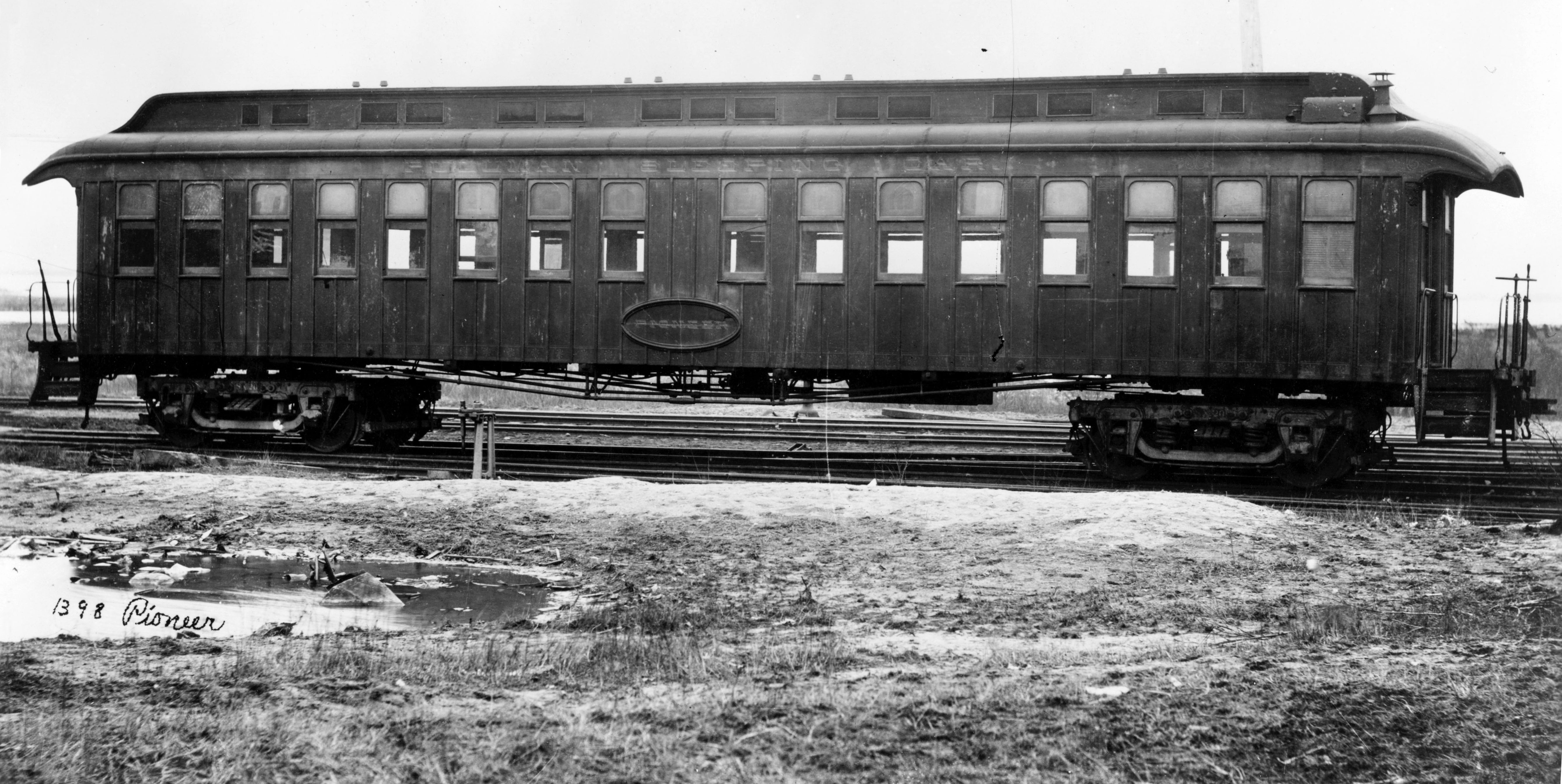
By the early 1900’s tipping had taken hold in America. In a few short decades it went from a fringe practice to the normal way of doing business. This was not welcomed by all. Many were opposed to the classed based societies that they were escaping from Europe. And tipping was seen as an unwelcome custom of those societies. Mark Twain was quoted for having said that should he ever “claim credit for its abolition, he will deserve greater gratitude from the public on that account than for anything that he has written or ever may write." William Howard Taft when he ran for president in 1908 included an anti tipping policy as part of his political platform. There was also a Society for Prevention of Useless Giving and I don’t need to tell you how they felt about it. Anti tipping laws were enacted in Arkansas, Iowa, Mississippi, South Carolina, Tennessee and Washington. But by 1920 the laws were all removed. Despite their objections and better judgement tipping persisted in America. It creates a class dynamic of server and their lordship being served that is compelling to the human ego and a hard habit to break.
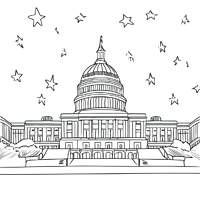
In 1966 Congress put the concept of the “Tip Credit” into law. This allowed employers to officially pay tipped employees a sub minimum wage. It took approximately 100 years but this made tipping not just a wonky custom but the law of the land. And along with it the guilt that the Pullman company once relied upon to get the public to pay the rest of their employees wages. To this day the federal tipped wage is just 2.13$ per hour. Many establishments fortunately can’t find enough people willing to work for such little pay even before tips. Often pay at restaurants, bars and other places where tipping is customary is much higher. But the guilt that you are meant to feel when the tip screen comes up is literally enshrined into law and was debated over by members of congress. If you’ve ever felt frustrated or angry by tipping I would argue that maybe your objections are directed at the wrong place. Tipping is a system that neither benefits those being tipped or the ones doing the tipping.

It’s very difficult to say exactly how much Americans tip per year. Much of that income is cash that is not reported to the IRS. But estimates put the number in the billions of dollars. Some estimates say that the average American tips roughly 500$ per year. That would put the total amount that we tip annually at roughly 16.7 billion dollars. Other estimates put the number much higher at roughly 70 billion dollars. Either way it’s a fortune and more than the annual budget of some nations.
Regardless of tipping's dubious origins it’s still true that many of the people who serve you everyday still rely on their tips to pay their bills. For many in the service industry tips can make up roughly 15 - 35% of their income. In a perfect world employers would pay their employees a fair wage and not rely on the sympathies of the public to make up the difference. But until the tipping revolution comes this is unfortunately the system that we’ve got. 

I say tip your barista a 1$ so that they might be able to afford one of those 10$ lattes on their day off too.
FOOD WHISPERS NYC is powered by Welcome to the Internet ©2023 FOOD WHISPERS NYC.







